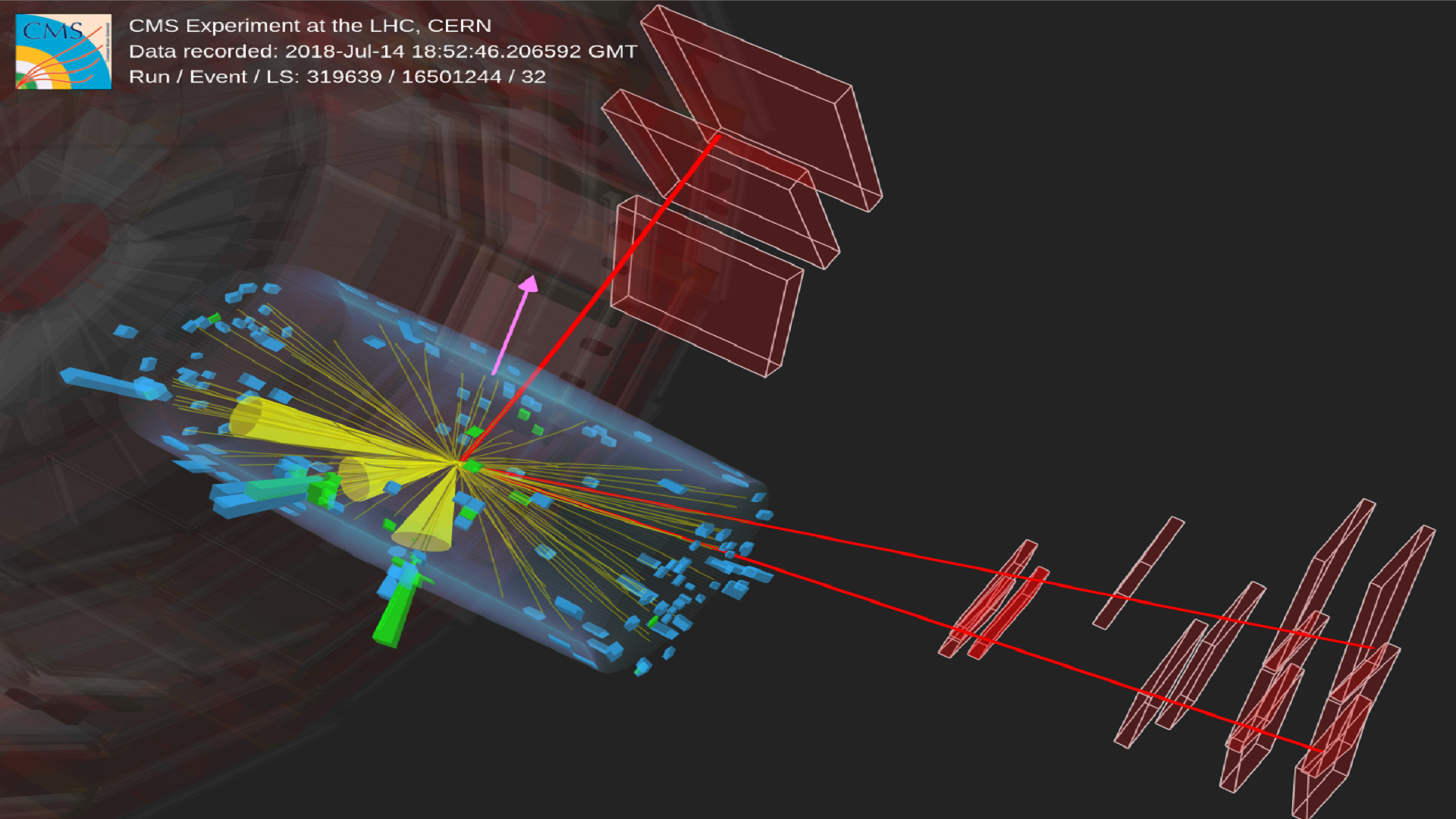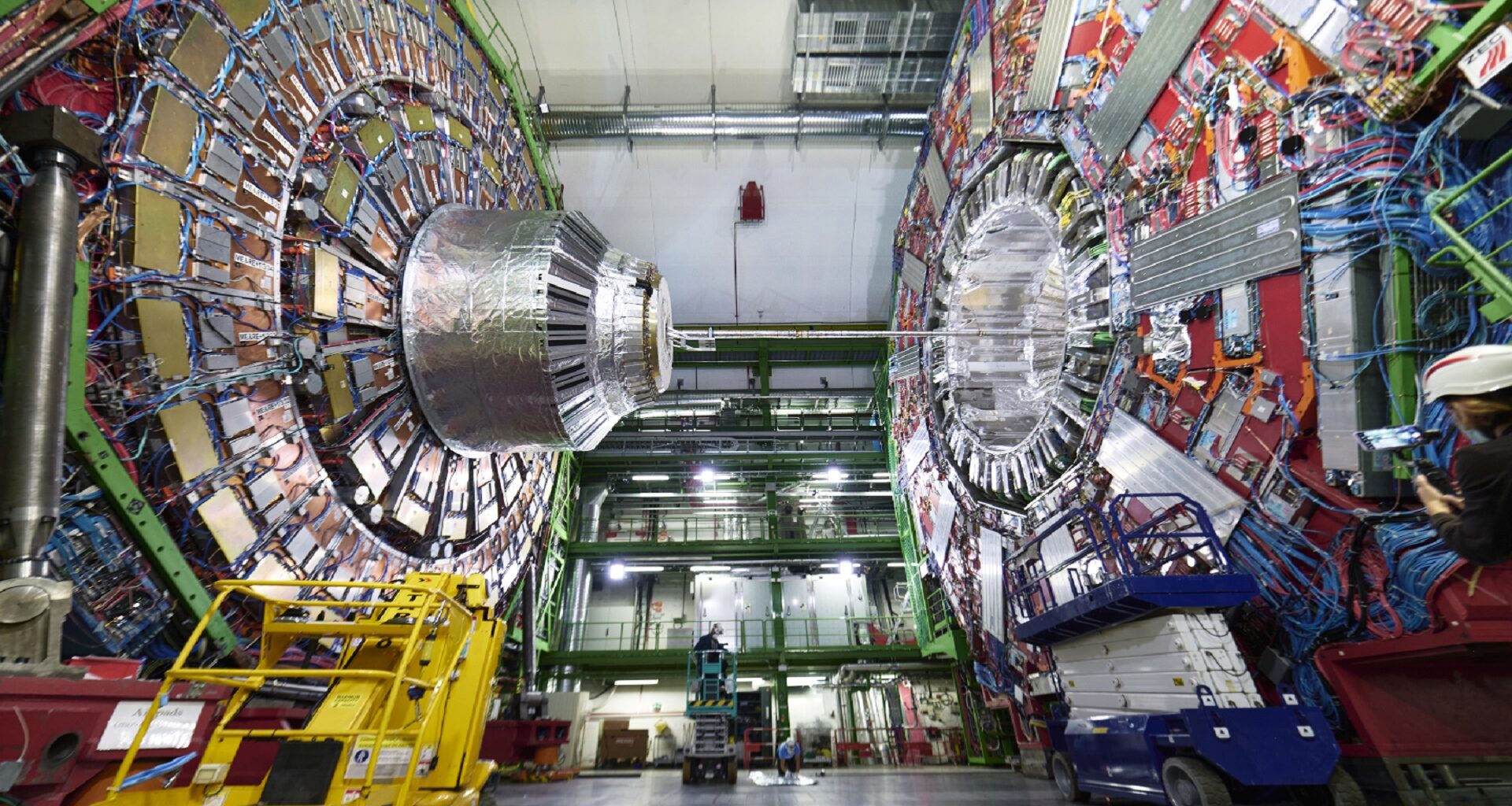Researchers at CERN’s Large Hadron Collider (LHC) have detected a phenomenon that happens only every trillion proton collisions, after observing the production of a single top quark along with a W and a Z boson.
The astonishing result, achieved by the CMS (Compact Muon Solenoid) collaboration, represents the first-ever observation of single top quark production with W and Z bosons, a process known as tWZ production.
According to scientists, detecting such an event in the Large Hadron Collider data is extremely rare and as difficult as finding a single needle in a haystack the size of an Olympic stadium.
The event provided the team with a new approach to studying the forces that shape the universe and testing the limits of the Standard Model of particle physics, which describes all known fundamental particles and their interactions.
Single top quark event
Proton beams inside the LHC collide at nearly the speed of light. These collisions unleash bursts of energy, allowing physicists to explore the most fundamental building blocks of the universe.
Now, among billions of collisions, the CMS, a particle detector that is designed to see a wide range of particles and phenomena produced in high-energy collisions in the LHC, was able to identify the unique signature of tWZ production, which involves the creation of a top quark, a W boson, and a Z boson.
 This is an event observed in the CMS detector with a signature consistent with the production of a top quark, a W boson, and a Z boson (tWZ).
This is an event observed in the CMS detector with a signature consistent with the production of a top quark, a W boson, and a Z boson (tWZ).
Credit: CMS collaboration
The process is extremely rare. It occurs only once for every trillion proton-proton collisions. Yet, its discovery provides a crucial opportunity to study how the top quark interacts with the electroweak force, which is carried by the W and Z bosons.
The top quark, being the heaviest known fundamental particle, has the strongest interaction with the Higgs field. Studying the tWZ could therefore provide a new, deeper understanding of the Higgs mechanism and reveal signs of phenomena and physics beyond the Standard Model.
Testing fundamental forces
During their analysis, the team faced a major challenge because the tWZ signal closely resembles a more common process called ttZ production. In this process, a top quark and its antimatter counterpart, an anti-top quark, are produced along with a Z boson.
This background occurs about seven times more often, which makes it difficult to distinguish the much rarer signal. To overcome the challenge, the scientists used state-of-the-art machine learning algorithms to sift through massive amounts of data, separating the elusive tWZ signal from background noise.
Ultimately, the efforts revealed that the rate of tWZ production was slightly higher than what current theories predict. Future data and analysis will help determine whether this is merely a statistical fluctuation. The team believes it could also turn out to be the first hint of something beyond the known laws of physics.
“If there are unknown interactions or particles involved, the observed deviation between the measured rate [of tWZ production] and the prediction would rapidly become larger with increasing energies of the outgoing particles, an effect that is unique to the tWZ process,” Roman Kogler, PhD, an experimental particle physicist with the CMS collaboration at DESY, said in a press release.

